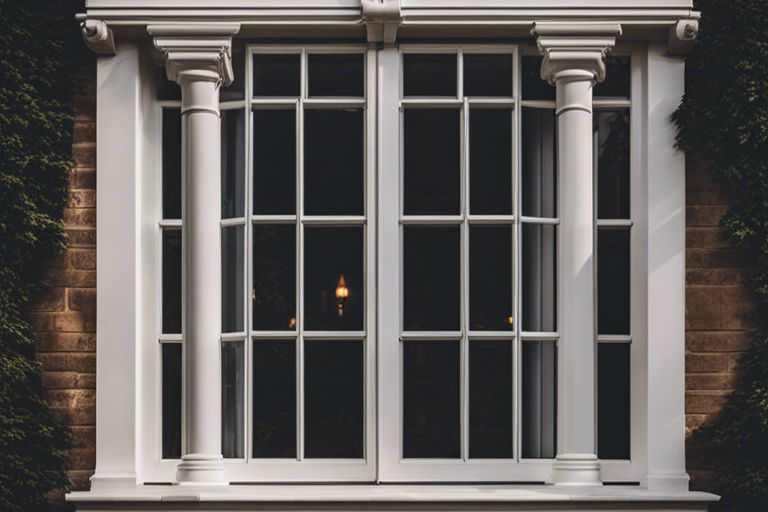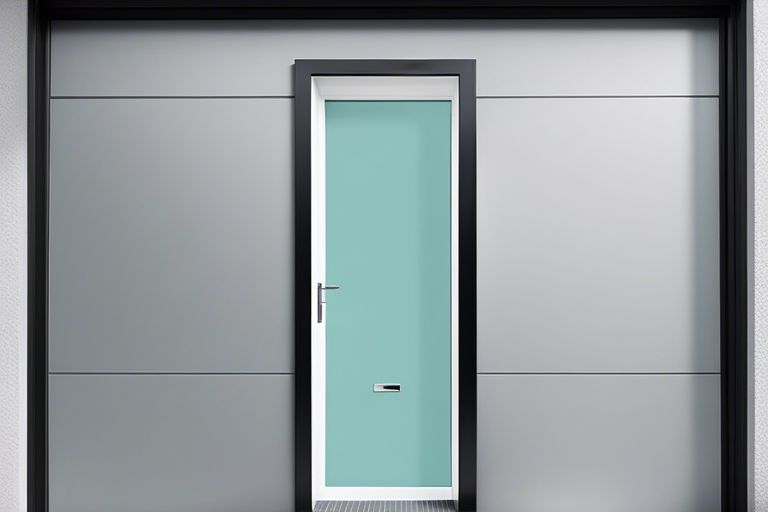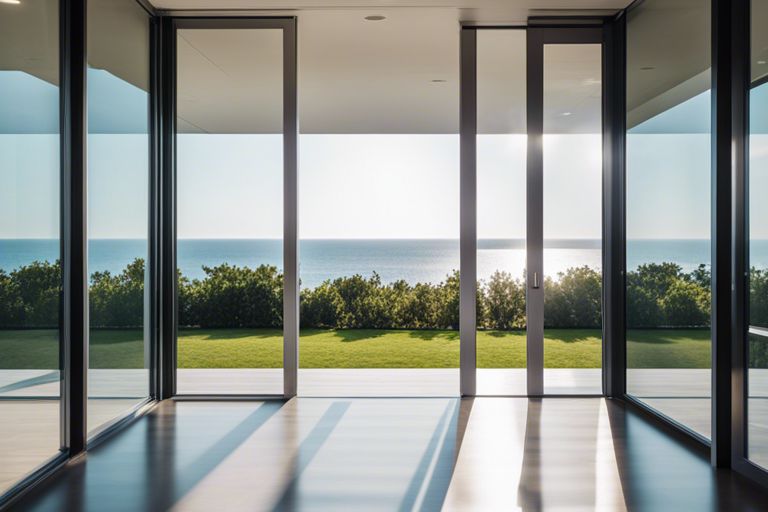When it comes to preserving the grandeur and heritage of historical edifices such as castles, curtain walling plays a pivotal role. This architectural feature not only enhances the aesthetics of these majestic structures but also provides essential structural support and protection. By incorporating modern technologies and materials, curtain walling can help maintain the authenticity of these historical buildings while ensuring their longevity. In this blog post, we will investigate into the importance of curtain walling for historical edifices, exploring its benefits, challenges, and innovative solutions for preserving these cultural treasures for generations to come.
Key Takeaways:
- Preservation of heritage: Curtain walling is crucial for protecting historical edifices such as castles, preserving their original architecture and keeping them intact for future generations.
- Modern advancements: Incorporating curtain walling in historical buildings allows for the integration of modern technologies like thermal insulation and weatherproofing without compromising the structure’s authenticity.
- Customisation and aesthetics: Curtain wall systems offer a wide range of design options, enabling architects to tailor the appearance of historical edifices while enhancing their visual appeal and functionality.

Historical Context of Curtain Walling
Origin and Evolution
The concept of curtain walling dates back to ancient times, where structures were built with defensive walls to protect against intruders. These walls evolved over centuries, incorporating new construction techniques and materials to enhance their strength and effectiveness.
As civilisations progressed, the evolution of curtain walls saw them become taller, thicker, and more sophisticated in design. From simple earthworks to complex stone fortifications, these defensive barriers played a crucial role in shaping the architectural landscape of historical edifices.
Curtain Walls in Medieval Castles
Curtain walls in medieval castles were a key feature of the defensive strategy, encircling the inner keep and providing a formidable line of defence. These walls were often topped with battlements for archers to repel attackers and were built to withstand sieges and assaults.
Constructed using local stone and expert masonry skills, medieval curtain walls were not just functional but also served as symbols of power and authority. Their imposing presence intimidated enemies and showcased the might of the ruling elite.
For medieval castles, curtain walls were more than just structures – they were integral components of the defensive system, working in tandem with towers, gates, and other fortifications to create a formidable stronghold.
Modern Approaches to Curtain Walling in Historic Preservation
Materials and Techniques
When it comes to preserving historical edifices such as castles, modern approaches to curtain walling focus on using high-quality, durable materials and advanced techniques. Materials like glass-reinforced plastic (GRP), aluminium, and steel are commonly employed due to their strength and weather resistance. Techniques such as precision engineering and computer-aided design (CAD) ensure that the curtain walls fit seamlessly into the existing structure while providing enhanced protection.
Moreover, the use of innovative installation methods such as off-site fabrication and modular construction allows for quicker and more efficient installation of curtain walls on historical edifices. These modern materials and techniques help to preserve the authenticity of the structure while also enhancing its longevity and resilience against the elements.
Integration with Contemporary Architectural Practices
Integrating curtain walling in historic preservation with contemporary architectural practices involves blending traditional aesthetics with modern design elements. This fusion allows for the creation of structures that are not only visually appealing but also structurally sound. Architects and preservationists collaborate to ensure that the heritage value of the edifice is maintained while incorporating sustainable and energy-efficient features.
Furthermore, compatibility with contemporary architectural practices enables the incorporation of smart technologies and insulation systems within the curtain walls. These additions help improve the overall performance of the historical structure while meeting the demands of modern living. The seamless integration of old and new elements showcases a forward-thinking approach to historic preservation.

Challenges and Solutions
In the realm of preserving historical edifices such as castles, the implementation of curtain walling poses unique challenges that require innovative solutions. From maintaining the authenticity of the structure to navigating regulatory frameworks, there are several factors to consider when integrating modern features into these ancient buildings.
Balancing Authenticity with Modern Needs
One of the primary challenges faced when incorporating curtain walling into historical edifices is balancing authenticity with modern needs. While it is crucial to preserve the historical integrity of these structures, modern requirements for insulation, security, and structural integrity cannot be overlooked. Architects and conservationists must delicately navigate this fine line to ensure that the essence of the edifice is preserved while meeting the practical demands of the present.
Moreover, the installation of curtain walling should be carried out with utmost care and precision to avoid any irreversible damage to the historical building. Working with skilled professionals who have experience in both modern construction techniques and historical conservation is paramount to achieving a successful integration.
Regulatory and Ethical Considerations
When dealing with historical edifices, regulatory and ethical considerations play a critical role in the decision-making process. Preservation guidelines, heritage regulations, and ethical codes must all be adhered to when implementing curtain walling in these structures. Striking a balance between modern functionality and historical preservation requires a deep understanding of the legal and ethical frameworks that govern conservation projects.
Architects and project managers must ensure that all necessary permissions and approvals are obtained before commencing any work on historical edifices. Respecting the history and cultural significance of these buildings is paramount, and any deviations from preservation standards could have far-reaching consequences on the authenticity and value of the edifice.

Examples of Curtain Walling in Restored Historical Buildings
Success Stories
In the restoration of Warwick Castle, the curtain walling was meticulously reconstructed to preserve the original medieval aesthetics while ensuring structural integrity. The use of traditional building techniques and materials helped maintain the historical authenticity of the castle, making it a standout example of successful restoration projects.
Similarly, Edinburgh Castle underwent a comprehensive renovation that included the restoration of its curtain walling. The project not only enhanced the fortress’s appearance but also improved its resilience against harsh weather conditions. The meticulous attention to detail in recreating the original design showcased the expertise of the restoration team.
Lessons Learned from Past Projects
From past projects, one crucial lesson learned is the importance of extensive research before undertaking any restoration work. Understanding the historical significance and architectural details of the original curtain walling is essential to ensure an accurate reconstruction.
Moreover, collaboration between historians, architects, and craftsmen is key to the success of restoration projects. The exchange of knowledge and expertise among different professionals ensures that the curtain walling restoration is carried out with precision and authenticity.
Further insight into Lessons Learned from Past Projects: It is also vital to document the restoration process meticulously. This documentation not only serves as a valuable resource for future projects but also helps in maintaining the historical integrity of the restored building.
Conclusion: Curtain Walling for Historical Edifices – Castles and Beyond
In the final consideration, curtain walling plays a vital role in preserving the historical integrity of edifices such as castles and beyond. This structural element not only enhances the aesthetic appeal of these structures but also provides essential protection against external elements. The careful selection of materials and designs ensures that the curtain walling blends seamlessly with the historical architecture while offering strength and durability. Whether it is for restoration purposes or new constructions, incorporating curtain walling in historical edifices is crucial for maintaining their authenticity and charm for generations to come.
FAQ
Q: What is the importance of curtain walling for historical edifices?
A: Curtain walling plays a crucial role in protecting historical edifices such as castles and beyond. It provides structural support, enhances aesthetics, and helps in preserving the historical significance of these buildings.
Q: How does curtain walling benefit castles and other historical structures?
A: Curtain walling offers enhanced security by creating a protective barrier around the perimeter of castles and historical edifices. It also helps in maintaining the architectural integrity of these structures while allowing for natural light and ventilation.
Q: What considerations should be taken into account when installing curtain walling for historical edifices?
A: When installing curtain walling for historical edifices, factors such as material choice, design compatibility with the original structure, conservation guidelines, and planning permission must be carefully considered to ensure the preservation and enhancement of the historical building.






